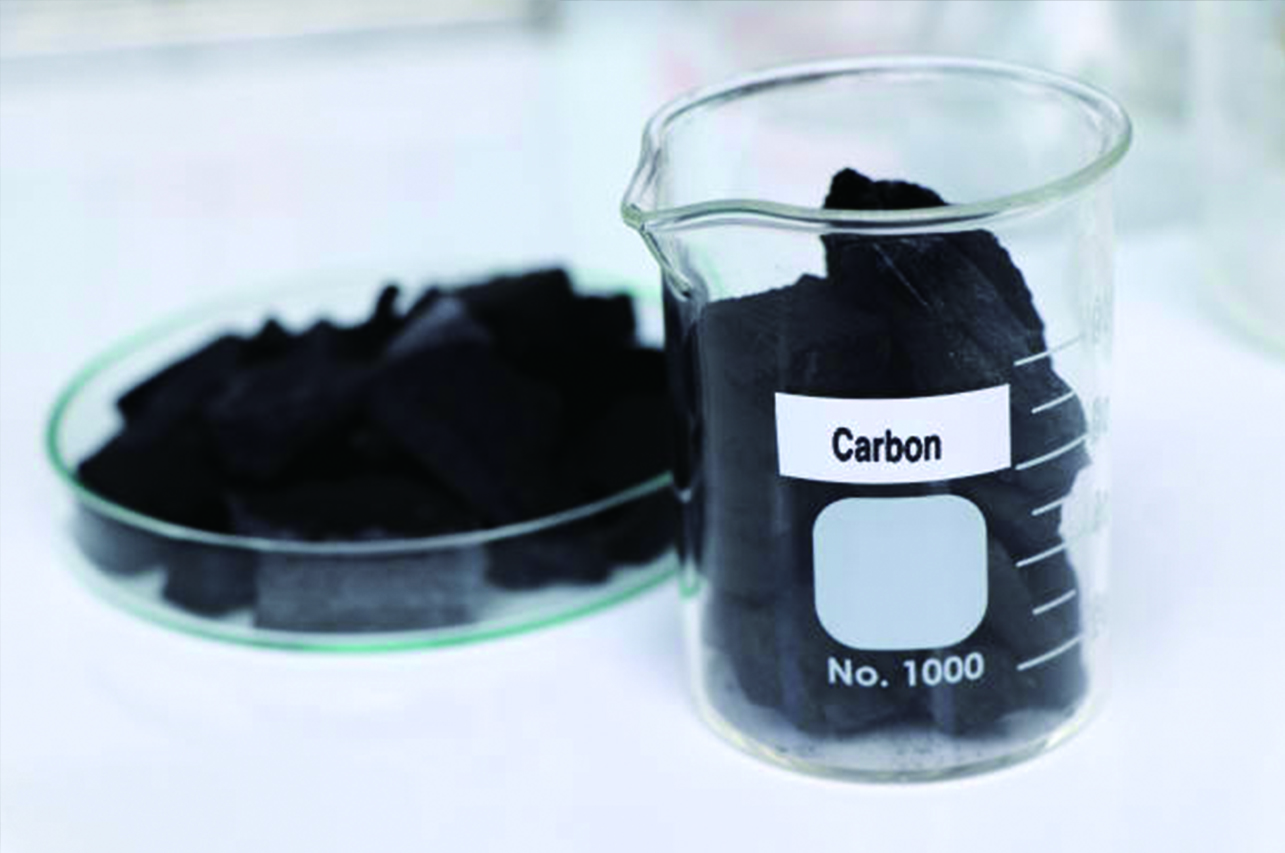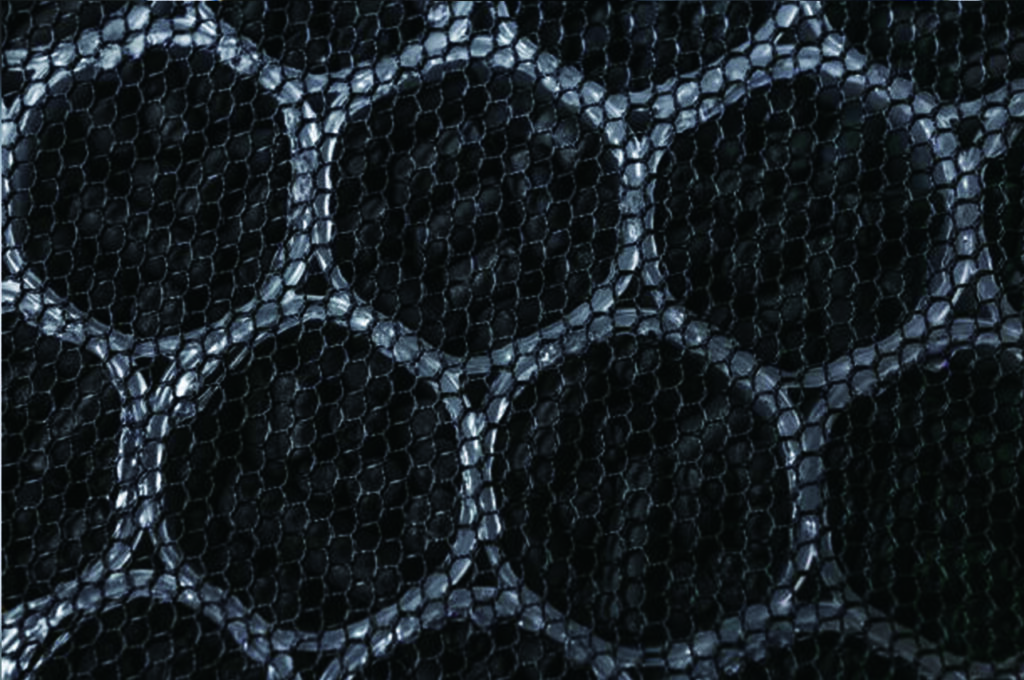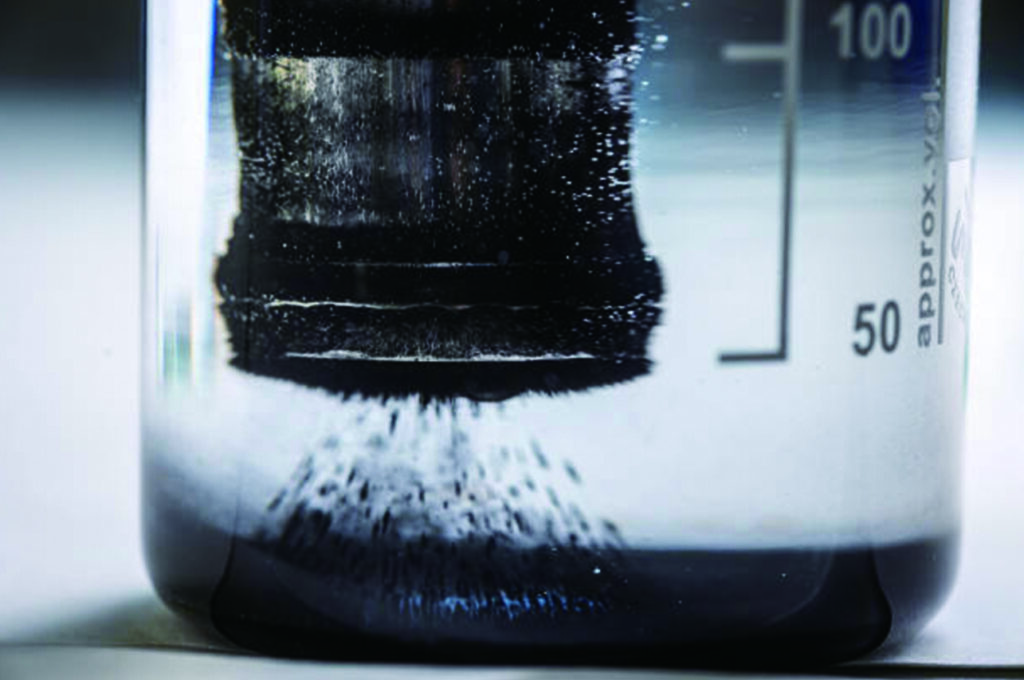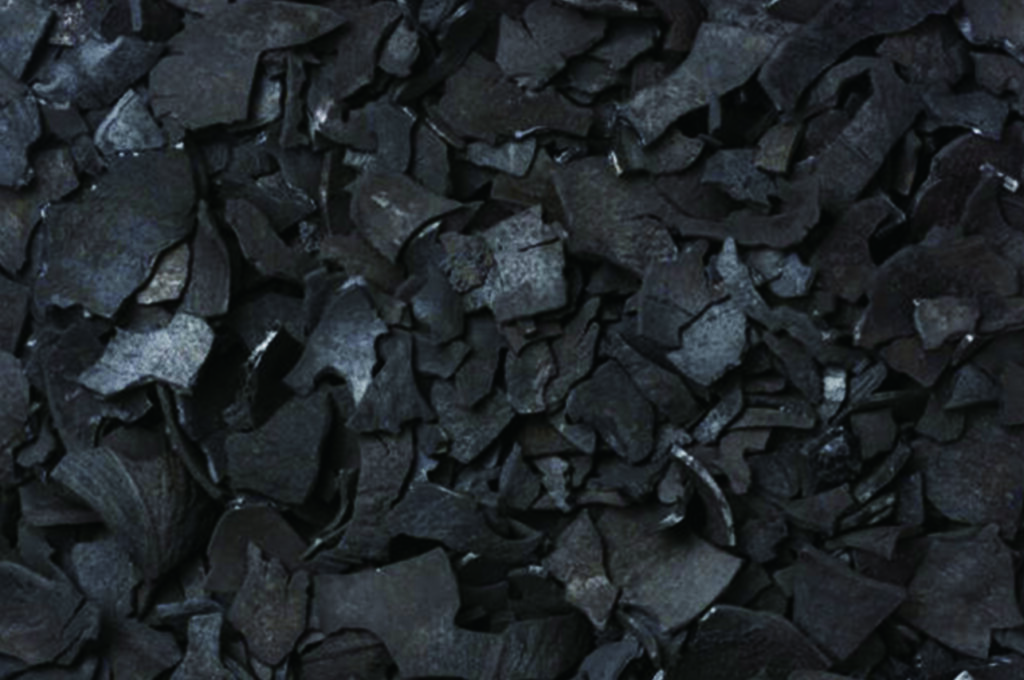-
Gary Huang
- 10:18 pm
- April 17, 2024
Exploring the Science Behind Activated Carbon Filter Technology
In our modern world, access to clean and safe water is a fundamental necessity. As we become increasingly aware of the contaminants present in our water sources, the demand for effective purification solutions has skyrocketed. Enter activated carbon filtration technology – a tried-and-true method that has been instrumental in safeguarding water quality for decades. At Huatan Filtration, we take immense pride in our expertise in this field. As a leading Chinese manufacturer, we provide high-quality activated carbon filters and a comprehensive range of water purifier products to international brands and industrial customers worldwide.Through this blog, we aim to delve into the fascinating science that underpins activated carbon filtration technology and discover how this remarkable innovation has transformed the way we approach water purification.

The History of Activated Carbon Filtration
The origins of activated carbon filtration can be traced back to ancient civilizations, where the remarkable properties of charcoal were first harnessed for purification purposes.
As early as 3750 BC, the Egyptians and Sumerians recognized the potential of wood chars (charcoal) in reducing odors and purifying air and water. This early discovery paved the way for the widespread use of charcoal in various applications, from medicinal treatments to water storage during long sea voyages.
However, it wasn’t until the late 18th century that the scientific community began to unravel the mysteries behind charcoal’s adsorptive powers.
In 1773, the Swedish chemist Carl Wilhelm Scheele conducted groundbreaking experiments, quantifying the adsorption forces of porous carbon by measuring the volume of gases it could adsorb. Three years later, Lowitz demonstrated charcoal’s remarkable ability to decolorize solutions, further solidifying its potential as a purification agent.
The 19th century witnessed a surge in the application of charcoal filtration, particularly in the sugar industry. In 1794, an English sugar refinery discovered that charcoal could effectively decolorize sugar, leading to the widespread adoption of this technique across Europe by 1805. Simultaneously, the medical community continued to explore the therapeutic benefits of charcoal, using it for poultices, treating ulcers, and combating intestinal disorders.
It was in 1862 that Frederick Lipscombe paved the way for the commercial applications of activated carbon by using the material to purify potable water. This breakthrough marked a significant milestone in the evolution of water purification technology.
The term “adsorption” was coined in 1881 by German physicist Heinrich Kayser, further solidifying the scientific understanding of charcoal’s ability to uptake gases and contaminants.
As the 20th century dawned, activated carbon production reached industrial scales, with the first commercial plant, “Chemische Werke,” established in 1909. This development was swiftly followed by the emergence of renowned manufacturers like NORIT in Holland, which became widely known for their powdered activated carbon solutions in the sugar, chemical, and food industries.
During World War I, activated carbon found a critical application in gas masks worn by American soldiers, protecting them from poisonous gases. This wartime necessity accelerated the large-scale production of granular activated carbon, setting the stage for its widespread use in various industries and applications we see today.

The Science Behind Activated Carbon Filtration
As we delve deeper into the science behind activated carbon filtration, we uncover a symphony of physical and chemical processes working in harmony to deliver clean, safe water and air.
Adsorption vs. Absorption
While the terms “adsorption” and “absorption” may seem similar, they represent distinct processes that lie at the heart of activated carbon filtration technology. Understanding the nuances between these two phenomena is crucial for appreciating the remarkable capabilities of this purification method.
Absorption is a process where a substance penetrates and diffuses into the bulk of another material, becoming fully integrated within its internal structure.This process is akin to a sponge soaking up water, with the liquid being uniformly distributed throughout the absorbent material. In contrast, adsorption is a surface phenomenon, where molecules or particles adhere to the exposed surface of a solid material, without penetrating its internal structure. Imagine a piece of activated carbon as a vast, intricate landscape of microscopic pores and crevices, each offering a unique surface area for contaminants to cling to. During the adsorption process, these contaminants, whether gaseous, liquid, or solid, are attracted to and held tightly by the carbon’s surface through intermolecular forces, such as van der Waals interactions. This process is analogous to a rock climber scaling a cliff face, finding purchase on the numerous outcroppings and crevices along the way.One of the key advantages of adsorption over absorption is its selectivity.
While absorption indiscriminately dissolves substances into the bulk material, adsorption allows for targeted removal of specific contaminants based on their affinity for the activated carbon’s surface.This selectivity is influenced by factors such as the pore size distribution, surface chemistry, and the nature of the contaminants themselves.Furthermore, adsorption is a surface-driven process, meaning that the efficiency of contaminant removal is directly proportional to the available surface area of the activated carbon. This is why the activation process, which creates a vast network of pores and increases the surface area exponentially, is so crucial in enhancing the adsorptive capacity of the carbon.While absorption is a bulk phenomenon that occurs uniformly throughout the material, adsorption exhibits a distinct kinetic behavior. Initially, the rate of adsorption is rapid as contaminants readily bind to the available surface sites. However, as these sites become occupied, the rate gradually decreases until equilibrium is reached, where no further adsorption can occur.By harnessing the power of adsorption, activated carbon filtration technology offers a highly effective and selective means of purifying water and air, removing a wide range of contaminants while preserving the integrity of the filtered medium. This fundamental distinction between adsorption and absorption is what makes this technology so invaluable in ensuring access to clean, safe water and air for countless applications worldwide.
The Activation Process
At the core of activated carbon’s remarkable adsorptive capabilities lies a transformative process known as activation. This intricate procedure unlocks the true potential of the raw carbon material, converting it into a highly porous and reactive adsorbent primed for purification applications.
The activation process can be achieved through two distinct methods: thermal activation or chemical activation. Both approaches aim to strip away volatile compounds and create a vast network of microscopic pores within the carbon structure, exponentially increasing its surface area and enhancing its adsorptive capacity.
In thermal activation, the raw carbon material, typically derived from sources like coal, coconut shells, or wood, is subjected to extreme temperatures ranging from 600°C to 1200°C in an oxygen-deficient environment. This controlled pyrolysis, or heating in the absence of oxygen, causes the carbon atoms to rearrange and form a highly porous structure with a vast internal surface area.The chemical activation method, on the other hand, involves impregnating the raw carbon material with dehydrating agents, such as phosphoric acid, zinc chloride, or potassium hydroxide. This impregnation is followed by a carefully controlled heat treatment, typically between 400°C and 800°C, during which the dehydrating agents facilitate the formation of pores and the removal of volatile compounds.
The choice between thermal or chemical activation depends on various factors, including the desired pore size distribution, surface chemistry, and the intended application of the activated carbon. For instance, chemical activation often produces a higher yield of micropores, making it well-suited for applications that require the adsorption of small molecules, such as in gas purification or solvent recovery.Regardless of the activation method employed, the resulting activated carbon possesses a remarkable internal structure. Imagine a single gram of this material as a vast, intricate landscape, with a surface area equivalent to that of a football field. This immense expanse is achieved through the creation of millions of tiny pores, ranging from micropores (less than 2 nanometers in width) to mesopores (2-50 nanometers) and macropores (greater than 50 nanometers).The distribution and size of these pores play a crucial role in determining the adsorptive properties of the activated carbon. Micropores, with their exceptionally small dimensions, are particularly effective in adsorbing small molecules like gases and organic contaminants, while mesopores and macropores facilitate the adsorption of larger molecules and provide pathways for contaminants to access the internal surface area.
Through the intricate activation process, a once ordinary carbon material is transformed into a highly specialized adsorbent, capable of selectively removing a wide range of contaminants from water, air, and various industrial processes

Factors Affecting Adsorption Efficiency
While activated carbon filtration is a remarkably effective technology, its efficiency can be influenced by various factors. Understanding these factors is crucial for optimizing the adsorption process and ensuring maximum contaminant removal. Here are some key elements that play a pivotal role in determining the adsorption efficiency:
Contact Time
The duration of contact between the contaminants and the activated carbon surface is a critical factor. Longer contact times allow for more thorough adsorption, as the contaminant molecules have ample opportunity to interact with the available adsorption sites.1 In water treatment systems, increasing the residence time within the carbon filter can significantly enhance the removal efficiency of organic compounds and other pollutants.
Surface Area and Pore Size Distribution
The vast internal surface area of activated carbon, created through the activation process, is a key driver of its adsorptive capacity. A larger surface area translates to more available adsorption sites, enabling greater contaminant removal. Additionally, the pore size distribution plays a crucial role in determining the types of contaminants that can be effectively adsorbed. Micropores (less than 2 nanometers) are particularly effective for adsorbing small molecules like gases and organic contaminants, while mesopores (2-50 nanometers) and macropores (greater than 50 nanometers) facilitate the adsorption of larger molecules.
Temperature
Temperature can have a significant impact on the adsorption efficiency, as it influences the kinetic energy of the contaminant molecules and their interactions with the activated carbon surface. In general, higher temperatures tend to enhance the adsorption rate for certain compounds, as the increased kinetic energy promotes more frequent collisions between the contaminants and the adsorption sites.However, the effect of temperature can vary depending on the specific contaminant and adsorbent, as well as the nature of the adsorption process (exothermic or endothermic).
pH and Ionic Strength
The pH of the solution and its ionic strength can affect the adsorption efficiency by altering the surface chemistry of the activated carbon and the speciation of the contaminants. Changes in pH can influence the charge distribution on the carbon surface and the contaminant molecules, potentially enhancing or hindering their electrostatic interactions. Similarly, the presence of dissolved ions can impact the adsorption process through competitive effects or by altering the solubility of the contaminants.
Adsorbent Characteristics
The properties of the activated carbon itself, such as its source material (e.g., coconut shells, coal), activation method (thermal or chemical), and surface chemistry, can significantly influence its adsorption efficiency. Different adsorbents may exhibit varying affinities for specific contaminants, depending on their pore structure, surface functional groups, and hydrophobicity/hydrophilicity.By understanding and optimizing these factors, water treatment professionals can maximize the adsorption efficiency of activated carbon filters, ensuring the effective removal of a wide range of contaminants and delivering clean, safe water to communities and industries worldwide.

Applications of Activated Carbon Filtration
The versatility of activated carbon filtration technology is truly remarkable, with applications spanning a wide range of industries and sectors. From ensuring clean drinking water to purifying the air we breathe, this innovative solution has become an indispensable tool in our pursuit of a healthier and more sustainable environment.
Water Purification
One of the most widespread applications of activated carbon filtration is in the realm of water treatment. Municipal water treatment facilities rely heavily on this technology to remove a myriad of contaminants, including chlorine, volatile organic compounds (VOCs), pesticides, and heavy metals, from our drinking water supplies. This process not only improves the taste and odor of the water but also safeguards public health by eliminating potentially harmful substances.Activated carbon filters are also commonly found in point-of-use and point-of-entry water filtration systems for households, providing an additional layer of protection and ensuring clean, refreshing water at the tap.Furthermore, this technology plays a crucial role in industrial water treatment processes, helping to remove organic pollutants, heavy metals, and other harmful substances from industrial effluents before their safe discharge or reuse.
Air and Gas Purification
Beyond water treatment, activated carbon filtration is equally vital in maintaining air quality. Household air purifiers, HVAC systems, and industrial air treatment facilities all rely on activated carbon filters to remove volatile organic compounds (VOCs), gases, and odors from the air we breathe. This technology is also employed in gas masks and respirators, protecting individuals from harmful airborne contaminants in hazardous environments.In the industrial sector, activated carbon filters are used to purify compressed air and gas streams, removing oil vapors, hydrocarbons, and other impurities. This process is essential for ensuring the safety and efficiency of various industrial operations, from manufacturing to chemical processing.
Chemical and Pharmaceutical Industries
The chemical and pharmaceutical industries have long recognized the value of activated carbon filtration in purifying solutions and removing unwanted organic molecules. This technology is employed on both laboratory and large-scale industrial levels, helping to ensure the purity and quality of fine chemicals and pharmaceutical products.
Environmental Remediation
Activated carbon filtration plays a vital role in environmental remediation efforts, such as mercury scrubbing and flue gas treatment. Power plants and medical incinerators often utilize activated carbon filters infused with sulfur or iodine to trap and remove mercury emissions, reducing their environmental impact. Similarly, these filters are used in flue gas treatment systems to capture and remove harmful pollutants from industrial exhaust gases.
Food and Beverage Industry
The food and beverage industry has also embraced the benefits of activated carbon filtration. In the production of bottled water and beverages, this technology helps remove impurities, taste-altering compounds, and organic contaminants, ensuring product quality and consumer satisfaction. Additionally, activated carbon filters are used in the distillation processes of alcoholic beverages, such as whiskey and vodka, to enhance their taste, odor, and color.
From ensuring clean drinking water to purifying the air we breathe, activated carbon filtration technology has become an indispensable tool in our pursuit of a healthier and more sustainable environment. Its versatility and effectiveness continue to drive innovation and open new frontiers in various industries, all united by a common goal: to create a cleaner, safer world for generations to come.

Advantages and Limitations of Activated Carbon Filtration
Activated carbon filtration has emerged as a powerful and versatile technology, offering numerous advantages in various applications. However, like any other method, it also has its limitations, which must be understood and addressed to ensure optimal performance.
Advantages of Activated Carbon Filtration
High Adsorption Capacity
One of the most significant advantages of activated carbon is its exceptional adsorption capacity, thanks to its highly porous structure and vast surface area. A single gram of activated carbon can have a surface area equivalent to that of a football field. This immense surface area allows for the effective adsorption of a wide range of contaminants, making it an ideal choice for water and air purification.
Effective Removal of Organic Compounds
Activated carbon excels in removing organic compounds, such as volatile organic compounds (VOCs), pesticides, and chlorine from water and air. These organic contaminants are often responsible for unpleasant tastes, odors, and potential health risks, making activated carbon filtration a valuable solution for improving water and air quality.
Cost-Effective and Low Maintenance
Compared to other filtration methods, activated carbon filters are generally more cost-effective, both in terms of initial investment and ongoing maintenance. They do not require complex equipment or energy sources, making them an economical choice for residential and industrial applications alike. Additionally, their maintenance requirements are relatively low, with periodic filter replacements being the primary upkeep.
Versatility and Broad Applications
Activated carbon filtration finds applications across a wide range of industries and sectors, including municipal water treatment, industrial wastewater treatment, air purification, food and beverage production, and pharmaceutical manufacturing.This versatility stems from the ability of activated carbon to adsorb a diverse array of contaminants, making it a valuable tool in various purification processes.

Limitations of Activated Carbon Filtration
Ineffective Against Certain Contaminants
While activated carbon is highly effective in removing organic compounds, it has limitations when it comes to certain inorganic contaminants, such as dissolved salts, minerals, and microbes. These substances may pass through the filter unaffected, requiring additional treatment methods or a combination of filtration technologies.
Limited Lifespan and Saturation
Over time, the adsorption sites on the activated carbon surface become saturated with contaminants, reducing its effectiveness. This necessitates regular replacement or regeneration of the carbon filter to maintain optimal performance, which can contribute to ongoing operational costs.
Potential for Leaching and Recontamination
In some cases, if the activated carbon filter becomes oversaturated or is not maintained properly, there is a risk of leaching or recontamination, where previously adsorbed contaminants can be released back into the filtered water or air. This highlights the importance of proper maintenance and timely filter replacement.
Sensitivity to Certain Conditions
The adsorption efficiency of activated carbon can be influenced by factors such as pH, temperature, and the presence of competing ions or compounds. These conditions may affect the adsorption kinetics and capacity, potentially reducing the filter’s performance in specific applications.While activated carbon filtration offers numerous advantages and has proven its effectiveness in various applications, it is essential to recognize its limitations and address them through proper system design, maintenance, and, if necessary, complementary treatment methods.

As we journey through the fascinating world of activated carbon filtration technology, one thing becomes abundantly clear: this remarkable innovation has revolutionized the way we approach water and air purification. As we look to the future, the potential for activated carbon filtration technology is boundless. With ongoing research and innovation, we can expect to see advancements in carbon sources, activation methods, and system designs, all aimed at enhancing performance, efficiency, and sustainability.
At Huatan Filtration, we remain committed to staying at the forefront of these developments, continuously improving our carbon filter cartridge products and services in China to meet the ever-evolving needs of our customers and the global community. Join us on this journey, as we continue to explore the wonders of this remarkable technology and its role in shaping a world where clean water and air are not just luxuries, but fundamental rights for all.
Popular Posts
- Carbon Block Water Filter vs. Reverse Osmosis: Ultimate Guide to Choosing the Right Water Filtration
- Best 10 Local Water Filter Makers in China You Should Know
- Huatan Filtration Shines at 2024 Guangdong Water Exhibition with Innovative Carbon Block Tech
- Step-by-Step Guide to Importing Activated Carbon Filters from China
- The Ultimate Guide to High Quality Activated Carbon Water Filters
- Extracting Gold Using Activated Carbon: Principles, Processes, and Environmental Considerations
- The Benefits of Using Coconut-Based Carbon Cartridges
- HUATAN Filtration: Showcasing Top-notch Water Filtration Products at Aquatech China 2023
- The Most Common Uses for Carbon Cartridges in Manufacturing
- The Science Behind Carbon Cartridges: How Do They Work?
Get in Touch With Huatan
Take your business to the next level with HUATAN, a trusted manufacturer of carbon block water filter cartridges in China. We’re here to help you succeed and provide the support you need.
Contact Now